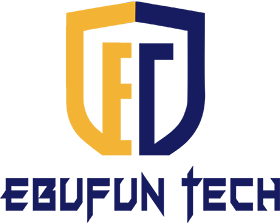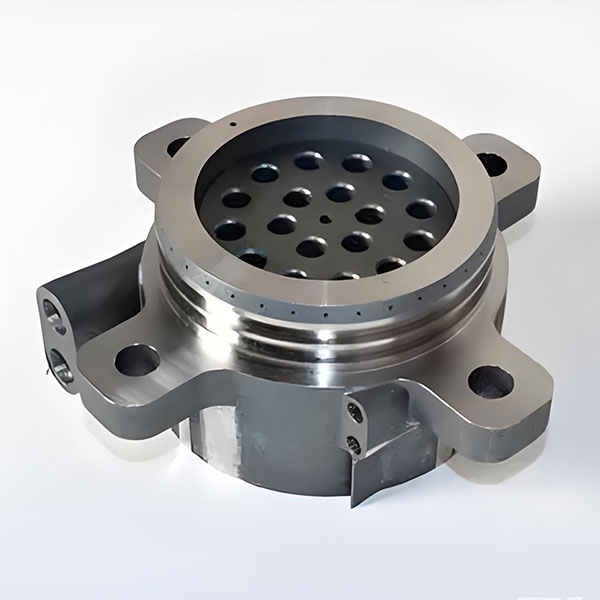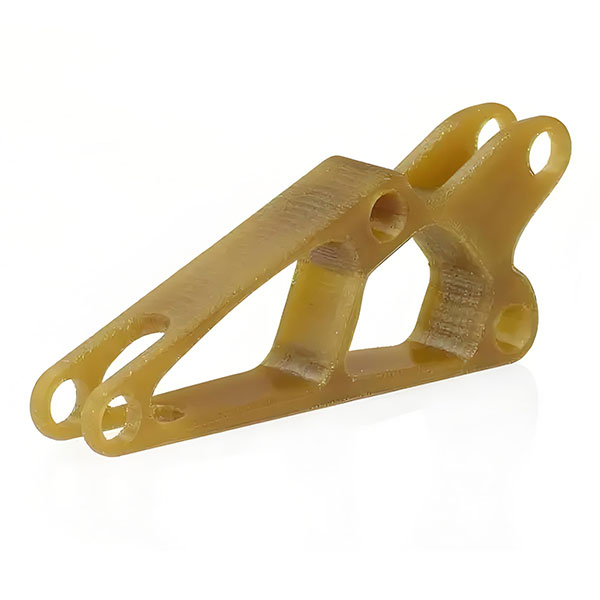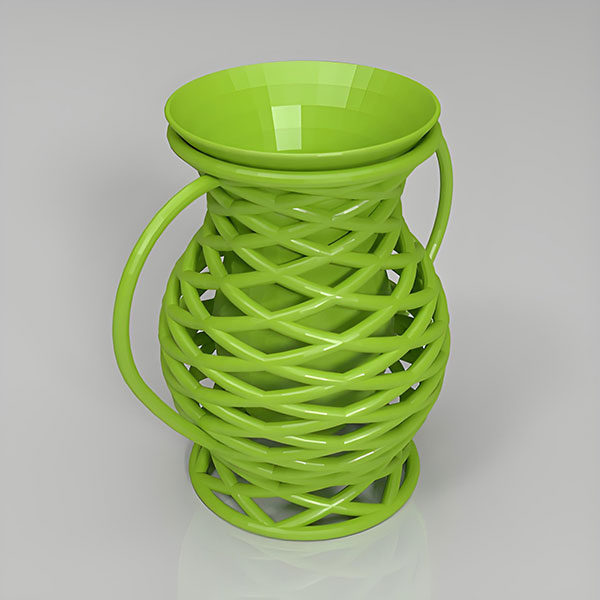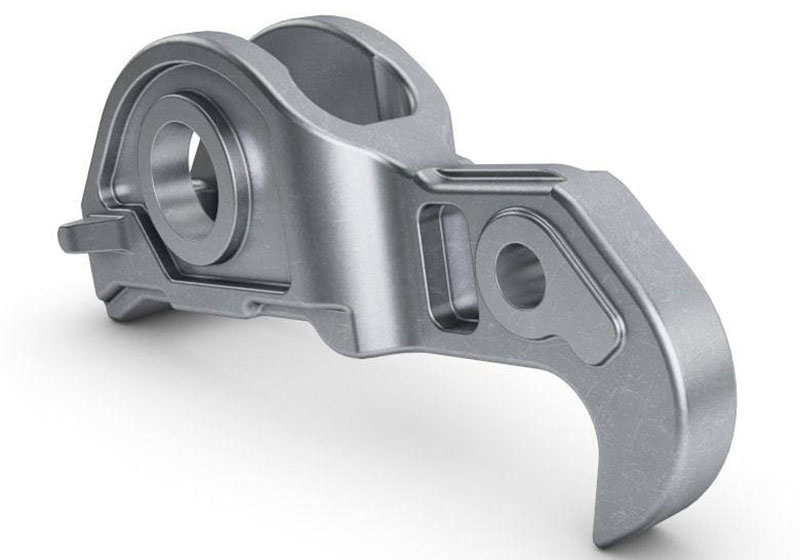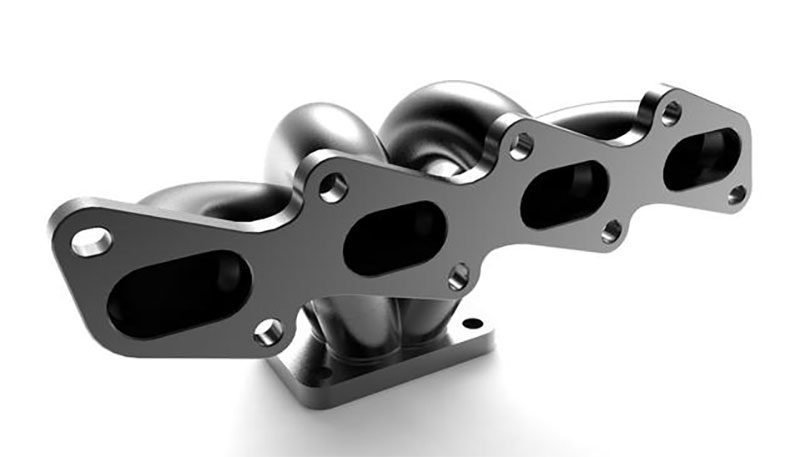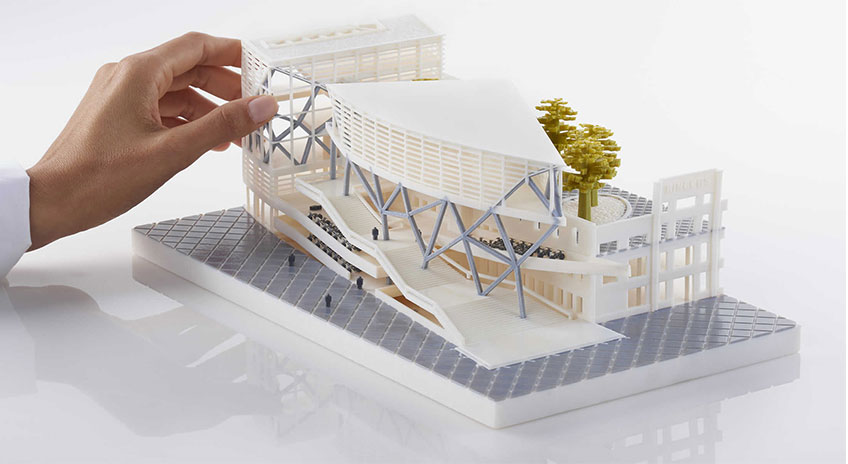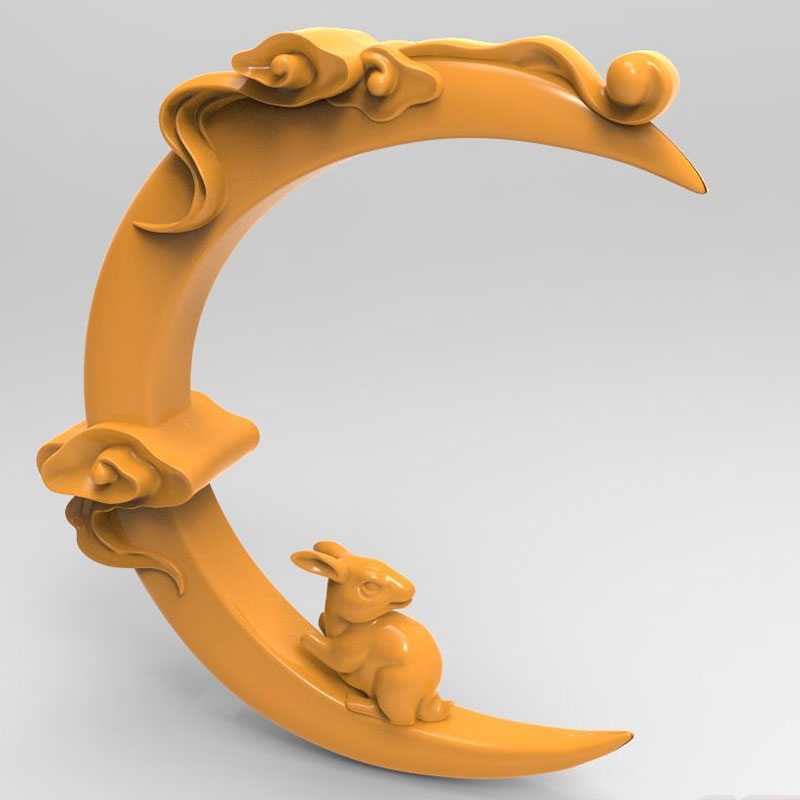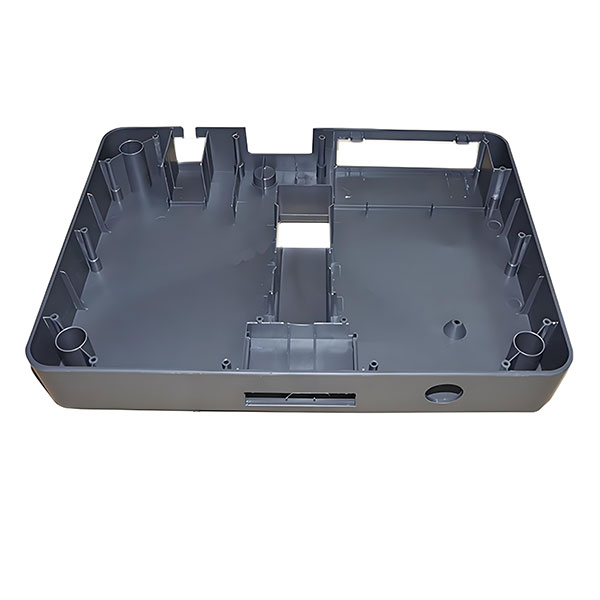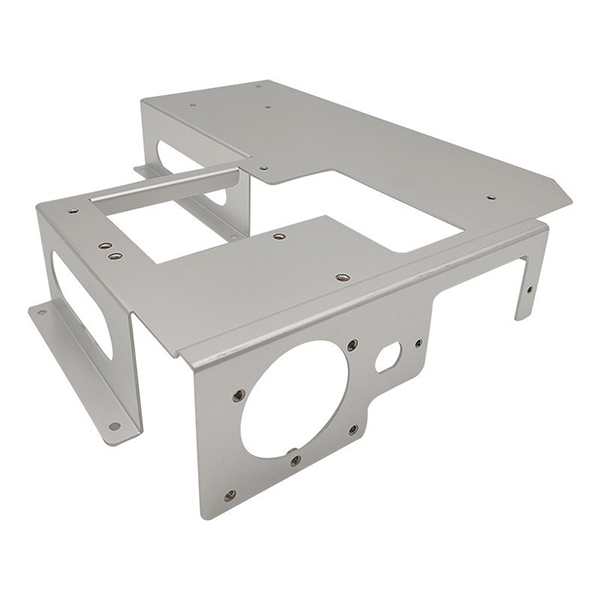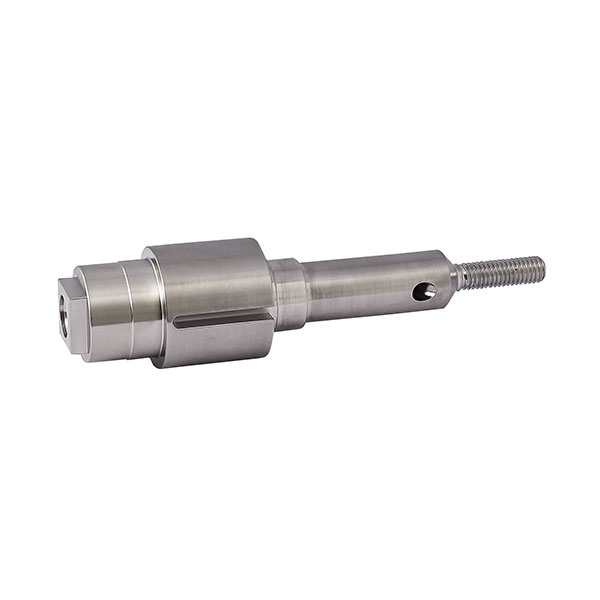3D Printing FQA
Q: What is 3D printing?
A: 3D printing, also known as additive manufacturing, is a process of making three-dimensional solid objects from a digital file. The creation of a 3D printed object is achieved using additive processes where an object is created by laying down successive layers of material until the object is formed.
Q: What types of materials can be used for 3D printing?
A: We offer a wide range of materials including but not limited to PLA, ABS, PETG, Nylon, various types of engineering plastics, metals (stainless steel, aluminum, titanium), and even biodegradable materials like PCL and PLA. The choice of material depends on the application and the desired properties of the final product.
Q: What file formats do you accept for 3D printing?
A: We accept files in formats such as STL, OBJ, 3MF, and STEP. Please ensure that your files are watertight and properly oriented for optimal print quality.
Q: How do you determine the cost of a 3D print?
A: The cost is determined by factors such as the material used, the complexity of the design, the size of the object, and the time required for printing. We provide a detailed quote based on your specific requirements.
Q: What is your turnaround time for 3D printing?
A: The turnaround time varies depending on the complexity and size of the project. Typically, it can range from a few days to a couple of weeks. We will provide an estimated timeline upon receiving your project specifications.
